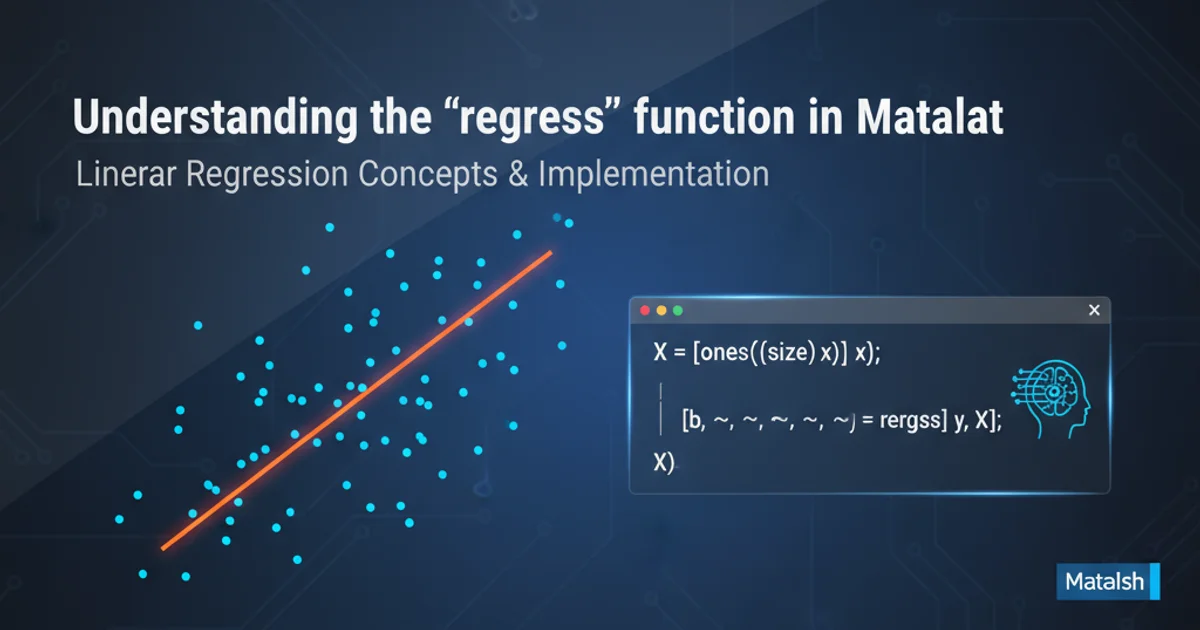isset not able to determine if property exists
Categories:
Understanding isset() Behavior with Object Properties in PHP

Explore why PHP's isset() function might not behave as expected when checking for the existence of object properties, especially with magic methods like __get() and __isset(), and learn best practices for reliable property checks.
PHP's isset() function is a common tool for checking if a variable is set and is not null. While straightforward for scalar variables and array elements, its behavior with object properties can sometimes lead to confusion, particularly when dealing with objects that implement magic methods like __get() or __isset(). This article delves into the nuances of isset() when used with object properties, explains why it might not always return the expected result, and provides robust alternatives for accurate property existence checks.
The Default Behavior of isset() on Object Properties
By default, isset($object->property) checks two conditions: first, if the property property actually exists within the object's scope (public, protected, or private), and second, if its value is not null. If the property does not exist at all, or if it exists but its value is null, isset() will return false. This behavior is generally intuitive for properties explicitly defined in a class.
class MyClass {
public $definedProperty = 'hello';
public $nullProperty = null;
private $privateProperty = 'secret';
}
$obj = new MyClass();
var_dump(isset($obj->definedProperty)); // true
var_dump(isset($obj->nullProperty)); // false
var_dump(isset($obj->nonExistent)); // false
var_dump(isset($obj->privateProperty)); // false (not accessible directly via public scope)
Basic isset() behavior with explicitly defined and non-existent properties.
The Impact of Magic Methods: __get() and __isset()
The behavior of isset() changes significantly when an object implements the magic methods __get() or __isset(). These methods allow you to intercept attempts to access or check the existence of properties that are not explicitly declared or are inaccessible. This can lead to isset() returning true for properties that don't physically exist, or false for properties that do, depending on the logic within your magic methods.
flowchart TD
A["isset($obj->prop)"] --> B{"Property exists and is not null?"}
B -- No --> C{"__isset('prop') defined?"}
B -- Yes --> D["Return true"]
C -- No --> E["Return false"]
C -- Yes --> F{"Call __isset('prop')"}
F --> G{"__isset() returns true?"}
G -- Yes --> D
G -- No --> EDecision flow for isset() when __isset() is defined.
__isset() is defined, isset() will always call it for inaccessible or non-existent properties. The return value of __isset() dictates the result of isset(), potentially masking the actual physical existence of a property.class MagicClass {
private $data = ['foo' => 'bar', 'baz' => null];
public function __get($name) {
if (array_key_exists($name, $this->data)) {
return $this->data[$name];
}
return null; // Or throw an error
}
public function __isset($name) {
return array_key_exists($name, $this->data) && $this->data[$name] !== null;
}
}
$magicObj = new MagicClass();
var_dump(isset($magicObj->foo)); // true (due to __isset)
var_dump(isset($magicObj->baz)); // false (due to __isset, as $this->data['baz'] is null)
var_dump(isset($magicObj->qux)); // false (due to __isset, as 'qux' not in $this->data)
How __isset() can alter isset() behavior for object properties.
Reliable Alternatives for Property Existence Checks
Given the potential for isset() to be misleading with magic methods, it's crucial to use more explicit methods when you need to determine if a property truly exists or if it's merely accessible via __get()/__isset().
isset() when dealing with objects that might use magic methods. This improves code clarity and predictability.class AnotherClass {
public $publicProp = 'value';
protected $protectedProp = 'secret';
private $privateProp = 'hidden';
}
$obj = new AnotherClass();
// 1. property_exists() - Checks if a property is defined, regardless of accessibility or value.
var_dump(property_exists($obj, 'publicProp')); // true
var_dump(property_exists($obj, 'protectedProp')); // true
var_dump(property_exists($obj, 'privateProp')); // true
var_dump(property_exists($obj, 'nonExistent')); // false
// 2. ReflectionProperty - Provides detailed information about properties.
$reflectionClass = new ReflectionClass($obj);
// Check if property exists and is public
var_dump($reflectionClass->hasProperty('publicProp') && $reflectionClass->getProperty('publicProp')->isPublic()); // true
// Check if property exists and is private
var_dump($reflectionClass->hasProperty('privateProp') && $reflectionClass->getProperty('privateProp')->isPrivate()); // true
// 3. array_key_exists() - If using an internal data array (like in __get/__isset examples)
class DataStore {
private $data = ['key' => 'value', 'null_key' => null];
public function __isset($name) { return array_key_exists($name, $this->data); }
}
$ds = new DataStore();
var_dump(array_key_exists('key', $ds->data)); // This would be done internally within the class
var_dump(isset($ds->key)); // true (due to __isset)
var_dump(isset($ds->null_key)); // true (due to __isset, if __isset only checks existence)
Using property_exists() and ReflectionProperty for robust property checks.